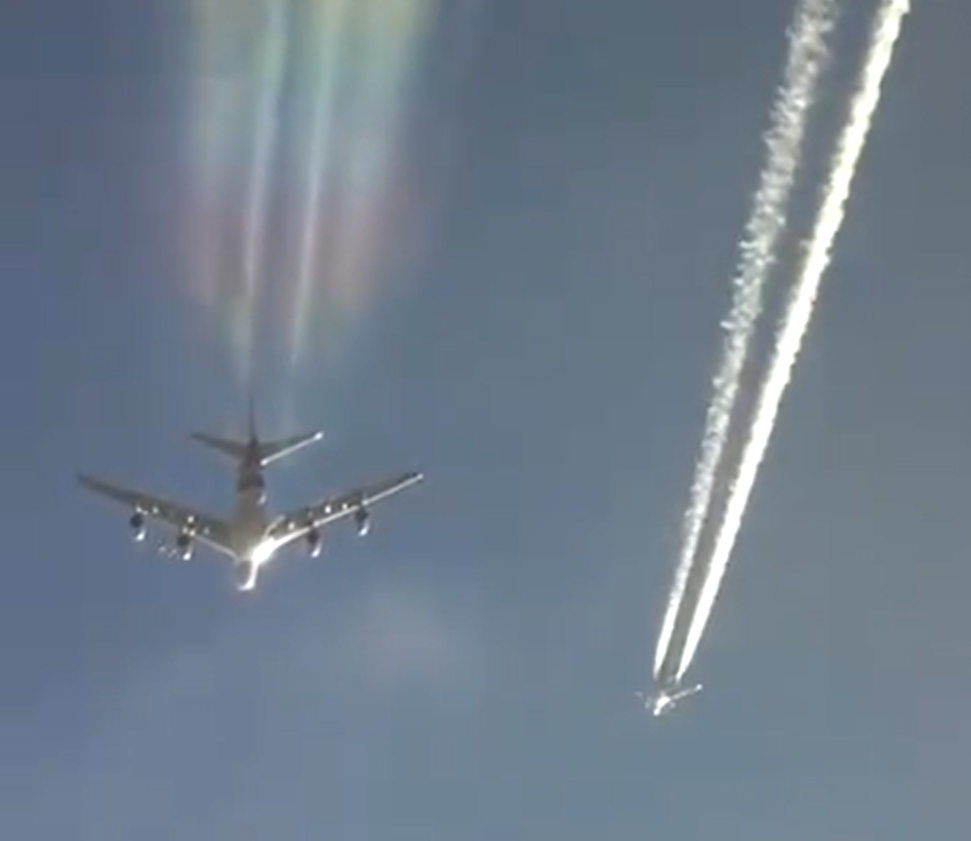Stunning rainbow vapour trails have bee captured from a Thai A380 by Breaking Aviation News.
Rainbow contrails ? pic.twitter.com/3in7sqo4Bs
— Breaking Aviation News (@breakingavnews) June 3, 2020
For a scientific explanation of what vapour trails are we went to ScientificAmerican.com.
It provides an excellent explanation from Jenn Stroud Rossmann, an assistant professor of engineering at Harvey Mudd College. Here is part of professor Rossmann’s explanation. For the full text go to the link above.
Jets leave white trails, or contrails, in their wakes for the same reason you can sometimes see your breath. The hot, humid exhaust from jet engines mixes with the atmosphere, which at high altitude is of much lower vapour pressure and temperature than the exhaust gas. The water vapour contained in the jet exhaust condenses and may freeze, and this mixing process forms a cloud very similar to the one your hot breath makes on a cold day.

Depending on a plane’s altitude, and the temperature and humidity of the atmosphere, contrails may vary in their thickness, extent and duration. The nature and persistence of jet contrails can be used to predict the weather. A thin, short-lived contrail indicates low-humidity air at high altitude, a sign of fair weather, whereas a thick, long-lasting contrail reflects humid air at high altitudes and can be an early indicator of a storm.
























